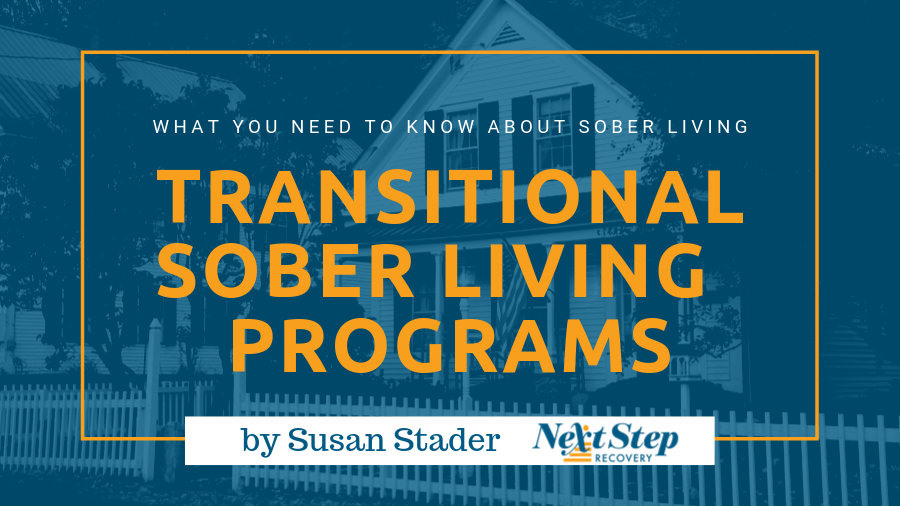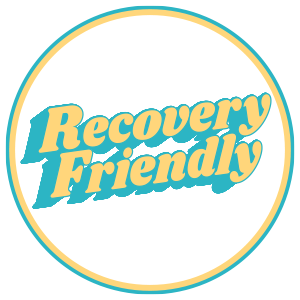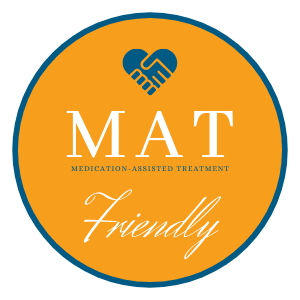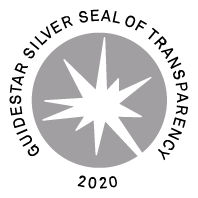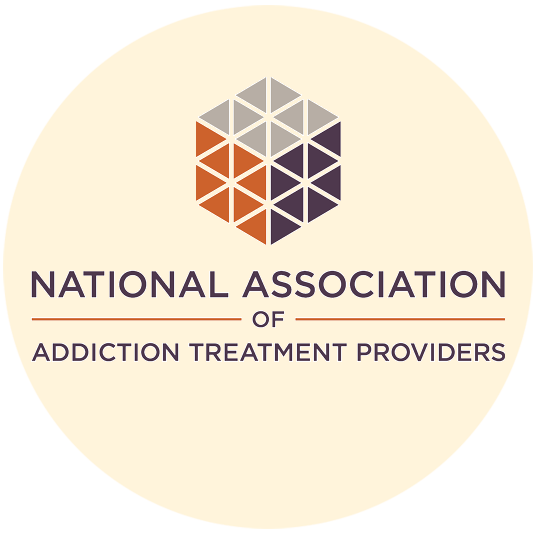Sober living programs help individuals transition from intensive addiction treatment to independent living.
However, not all long-term programs are created equal.
It’s important to choose a rehab aftercare program that cares about making sobriety sustainable. Unfortunately, there are a lot of shady tactics in the addiction treatment industry. This can add tremendous stress to the selection process.
We’ve tried our best to solve that with this Guide to Transitional Sober Living, Rehab Aftercare, and Long-Term Addiction Support.
We’ll do our best to answer all of your questions:
- What do I need to know about transitional sober living?
- How are sober living homes and halfway houses different?
- What is required of residents in transitional sober living?
- How do residential aftercare programs instill new life skills?
- How do I choose the right transitional living program for me?
- Should I consider an out-of-state sober living program?
What is a Sober Living Program?
Sober Living Homes, or SLH, provide continuing care after addiction rehabilitation treatments. These homes are also known as transitional living or recovery residence programs. Residents stay in a supervised recovery home. They share the goal of achieving full independence after proof of stable sobriety. Sober living helps residents transition from intensive treatment to independence. SLH residents practice full autonomy while peers and/or supervising staff keep them accountable. It’s important to emphasize clinical supervision in any long-term sober living program. Sober living is designed for those who:- Need more accountability in their journey to sobriety.
- Are stepping down from an intensive inpatient or outpatient program.
- Are stepping up into a more structured but independent home.
- Do not have drugs or alcohol currently in their system.
Sober Living Programs VS Halfway Houses
Sober living and halfway homes both require sobriety but are distinct in a few ways. Sober Living home residents are not required to have finished or be active in formal rehabilitation. Residents are also not restricted to a limited length of stay. SLH only require residents to maintain sobriety and timely payments on residential fees. Halfway house residents must complete or have active enrollment in rehabilitation. Also, applicants with a criminal record will be denied at many of these homes. Once accepted, residents are usually limited to a maximum stay of 12 months. SLHs and Halfway homes may have other differences depending on the programs. Neither type of program is the same as a residential inpatient program. Applicants may need detox and therapy pre-entry or if they relapse. Referrals to treatment services may be offered. Sober Living may be right if the applicant needs…- Prolonged supported living.
- Stable housing that’s invulnerable to government funding cuts.
- An alternative to formal therapy.
- Lower out-of-pocket living costs.
- Need temporary housing during an inpatient or outpatient transition.
- Have already done or are in an addiction treatment program.
- Can afford simultaneous treatment and living costs.
How Sober Living Works
Applicants should know how the structured independence of SLH fits their life. Sober living programs provide transitional homes for guided independent living. But, high-quality SLHs are still supervised, so you’ll have to follow the house’s basic rules. For acceptance, applicants must detox and work towards long-term sobriety. To continue staying, each resident has to fulfill all household duties, including rent. Attendance is required for all house meetings and support group meetings. Program intensity usually begins high and adjusts dynamically as residents progress. Recommended length of stay is a minimum of 90 days. However, most residents stay 6-9 months before leaving for full independence. Some may even stay a year or more. Of course, there are many other variables that affect overall program quality, effectiveness, and fit. This group tends to be somewhat consistent across most types of sober living homes—which we’ll dive deeper into momentarily. First though, let’s take a moment to take a look at what it takes to get in and stay in a sober living program.Sober Living Eligibility Requirements
Sober Living houses have rules designed to keep residents on-track to sobriety. SLH rules prevent engaging or substituting addictions, and help build healthy life habits. The rules also protect the recovery of other residents in the home. Residents must continue to follow the rules through their entire stay. Common requirements for occupancy of SLHs include:- No drugs, alcohol, violence, or overnight guests
- Random drug and alcohol screenings
- Active participation in support group meetings
- Engaged in either work, school, or an outpatient program
- General acceptance by SLH peer group
- Must complete household duties (chores, etc.)
- Timely payment of guest dues
- Sexual contact between residents is prohibited
Types of Sober Living Homes
Sober living programs operate differently based on how much support they offer. Levels of Support define the key offerings of each sober living:- Level 1: Peer-Operated homes with minimal rule requirements for staying.
- Level 2: Monitored by paid staff and requires support group or therapy.
- Level 3: Supervised by certified, managed staff and requires support group or therapy.
- Level 4: Service Provider with credentialed, managed staff, requires support group or therapy. These offer in-house services and may integrate with clinical facilities.
- Co-ed housing supports multiple genders in the same facility.
- Sober Colleges serve young adult demographics, operating like sober dorms.
- Integrated IOP centers have on-site medical care and additional treatment.
- Contracted rehab centers & therapists bring inpatient services to a more affordable cost level.
Skills Learned in Sober Living Houses
Transitional sober living support gaining and applying life skills for independent sobriety. Residents learn some of these core skills:- Living with others by resolving conflict and compromise in house meetings.
- Budgeting by bringing stable income to pay essentials like rent and groceries.
- Time management via chores, errands, gym, volunteering, and work/school.
- Accountability by staff and peers collaborating to keep the home stable.
- Behavioral control by learning effective communication in support groups.
- Life purpose by exploring new interests and building a long-term life plan.
Phases of Sober Living
The structure of sober living tends to run in phases of increasing independence. Any given SLH program’s phases will widely differ depending on how they operate. The level of support and services offered drastically alter what is required. We’ll cover what you might expect in a highly structured program: Restrictive phase starts residents with a “mental detox”. From intake, a resident focuses on the basics of living in sobriety with isolation from triggers.- May last around a month
- May have a first-week “blackout” with no phone or computer access
- Advised to not work or attend school temporarily
- Attend therapy sessions if applicable
- Begin household duties, such as chores and errands
- Attend health appointments (dental, vision, medical)
- Introduce healthy activities like fitness and volunteering
- Select and attend peer support group sessions
- Restricted to SLH-provided transportation
- Start school or work
- Continue therapy, support group, errands, etc.
- Personal transport allowed, restricted to essential activities only
- Location may be monitored/shared with household via phone app
- Fully independent transportation
- Preparation to move into the resident’s own home/apartment.
- Must still follow SLH eligibility requirements
Peer Support Group Involvement
Sober living home residents usually have to attend a peer support group. Support groups serve as the backbone for rejoining the community in a healthy way. These support positive social connections beyond SLHs to maintain lifelong sobriety. 12 Steps programs tends to be the most common support group in sober living. Examples of 12 Step programs may include:- Alcoholics Anonymous
- Narcotics Anonymous
- Sex Addicts Anonymous
Where Sober Living Falls in the Continuum of Addiction Care
Sober living program may last around 6 to over a year but recovery lasts a lifetime. “Continuum of care” keeps recovering individuals in a seamless track of treatment. This model comes in levels as defined by American Society of Addiction Medicine:- Level 0.5: early intervention services
- Level 1: outpatient services
- Level 2: intensive outpatient or partial hospitalization services
- Level 3: residential or inpatient treatment services
- Level 4: medically managed intensive inpatient treatment services
Integrated IOP plus Sober Living
Some SLHs offer integrated IOP to provide pre-entry or post-relapse treatment. intensive outpatient programs offer a therapy plan to treat a client’s addictions. Integrated sober living and intensive outpatient programs like Next Step are a great choice for many. The strength of such programs is the combination of clinical therapy and long-term support. IOP programs may include both group therapy and individual therapy. You might seek these services if behavior therapies such as CBT or DBT make sense for you. Notably, IOP options aren’t for everyone. Inpatient treatment may be required for detox or 24-hr medical/psychological monitoring.How to Choose a Sober Living Program
Again, not all sober living homes are created equal. As such, you will need to identify aspects of a great recovery home for the best chance at sobriety. Here are a few important things you should look for:- Certification by sober living coalitions/networks, CARF, NARR, or another credible agency.
- Level of support in the SLH offer 24-hour supervision by clinically certified staff. High structure allows for a better chance at long-term sobriety. Best fit often comes down to the individual.
- Services offered should fit the applicant. Medical access, complementary therapies like adventure therapy, and other services should be considered.
- Specialized sober living if the applicant is of a specific or vulnerable population. This is especially important for groups like LGBTQ, young adults, veterans, and others.
- Licensed clinical staff are a crucial component to a healthy support network. Ideally, you choose a program that offers a low resident-to-clinical-staff ratio.
- Phases of restriction may be ideal to get a strong reset after chronic exposure to addiction triggers.
- Mandatory support group attendance supports sobriety after sober living.
- Program size may be important if the applicant needs a small group for individual focus.
Benefits of Out-of-State Sober Living Programs
An out-of-state sober living program can help residents refresh their priorities to focus on sobriety. Benefits of an non-local sober living:- Removal from environments and peers that trigger addictive habits.
- Availability of services not found near you, such as equine therapy.
- Location may have lower cost of living or other beneficial features.
- Exposure to a more recovery-friendly community, such as Asheville, NC.
- Changes in scenery may have a positive impact on mental health.
Takeaways on Sober Living Homes
In summary, sober living support addiction recovery in transition to independence. To recap what you’ve learned:- Sober Living homes guide residents in early stages of addiction recovery.
- Halfway homes are similar but limit support, unlike sober living homes.
- All SLH residents must follow house rules to be eligible for occupancy.
- Sober living facilities are managed by peers, paid staff, or certified paid staff.
- SLHs of high structure will restrict residents at intake and step them into self-sufficiency.
- Out-of-state sober living homes can lower risks of relapse in recovering residents.


